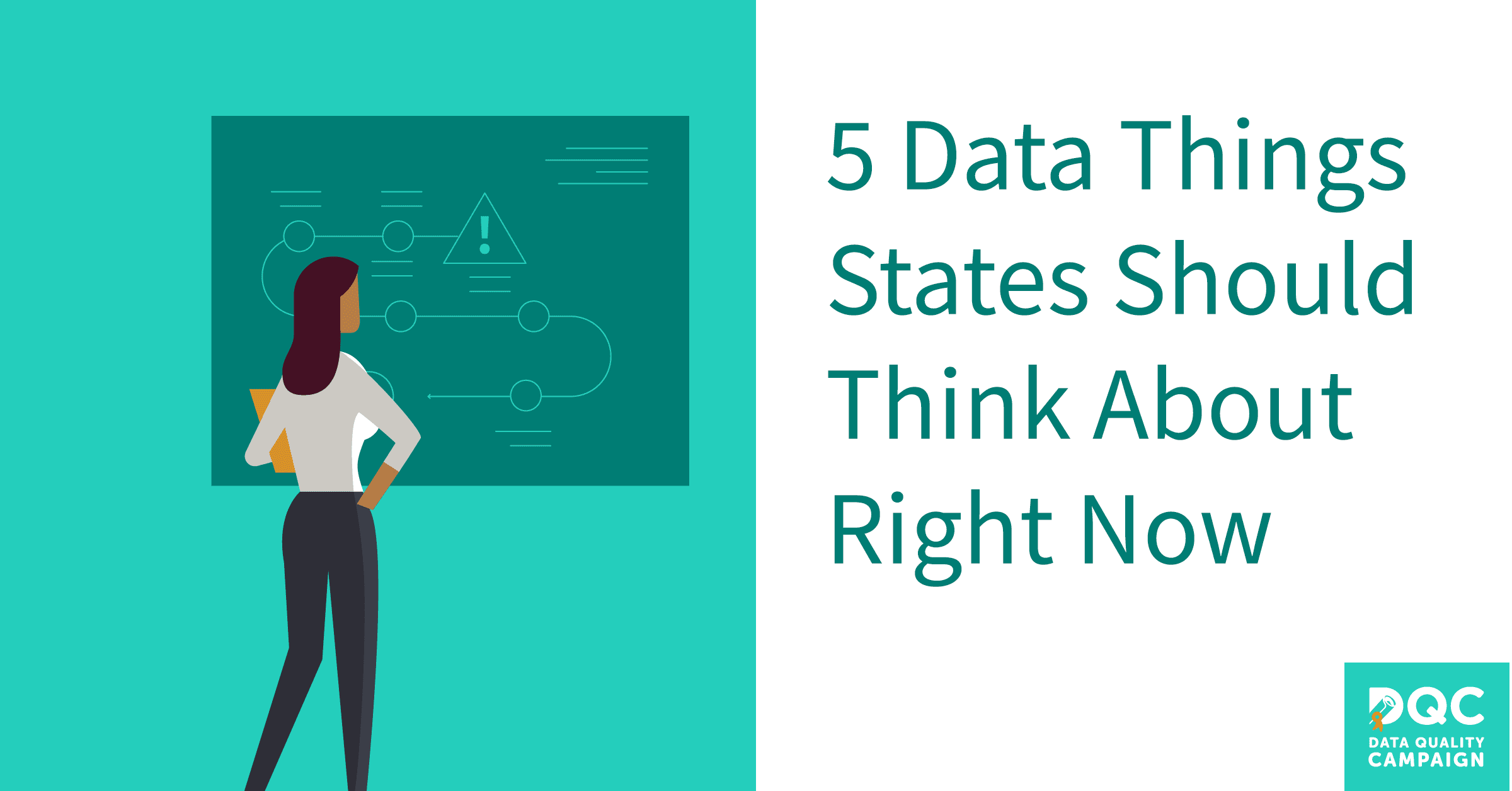As they work to provide students with a virtual education during the pandemic while dealing with budget cuts and other economic challenges, states are busy. But as they move through this crisis and into recovery, these are the five data-related things they can – and should – think about right now:
- Updating their report cards this year. Being transparent about school quality is too important to walk away from. Data that states have from the 2019-2020 school year—chronic absence, enrollment and participation rates, and per-pupil expenditures— can be reported, and now, as always, parents and communities want a picture of school quality.
- Calculating growth next year. Calculating school-level growth data without consecutive years of assessment data is possible and has been done before. States should gear up to calculate and publish data on this important indicator next year.
- Turning on parent data portals to give families the information they need. Parents are taxed right now, but that does not mean they don’t want—and need—access to information about their student’s learning, including assessments, grades, and even longitudinal data. That desire for data was true before this health crisis and will remain true in the future – so states should prioritize not only sharing the data but also asking for feedback to ensure that parents are receiving information that is useful to them.
- Protecting students’ privacy. The evolving landscape of digital tools being used in education means questions about how students’ information gets kept private and secure is evolving as well. Schools and districts have always needed support using data while keeping it secure, and now they need it urgently.
- Setting themselves up to evaluate what worked and what didn’t. Using state longitudinal data, partnering with researchers and evaluators, looking closely at different approaches—states should use the tools at their disposal to answer questions that set them up for success in the fall and beyond.


